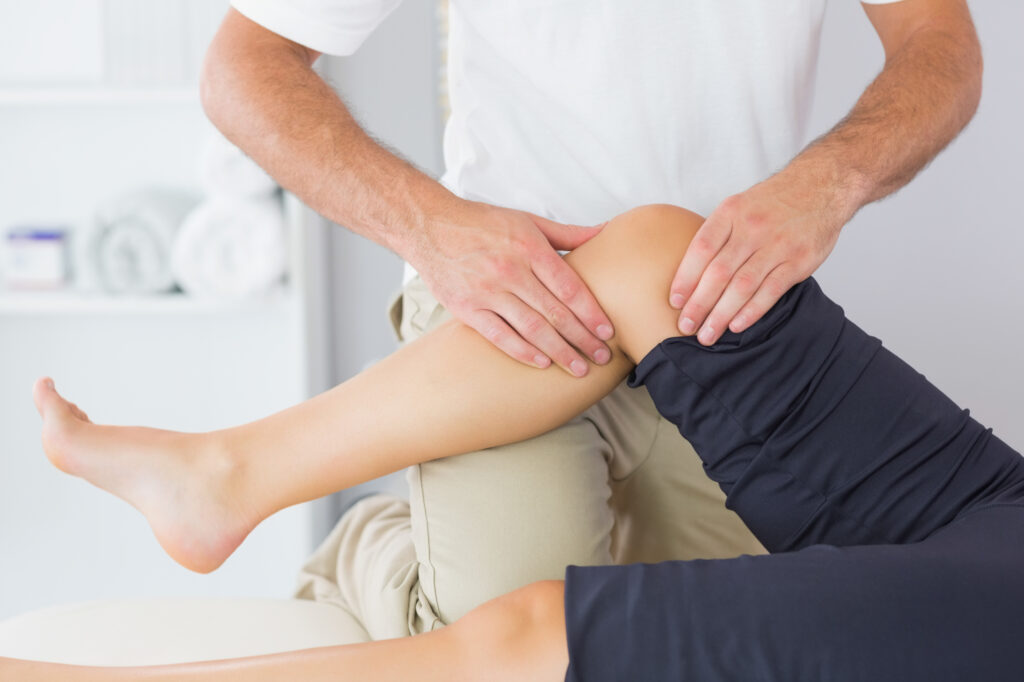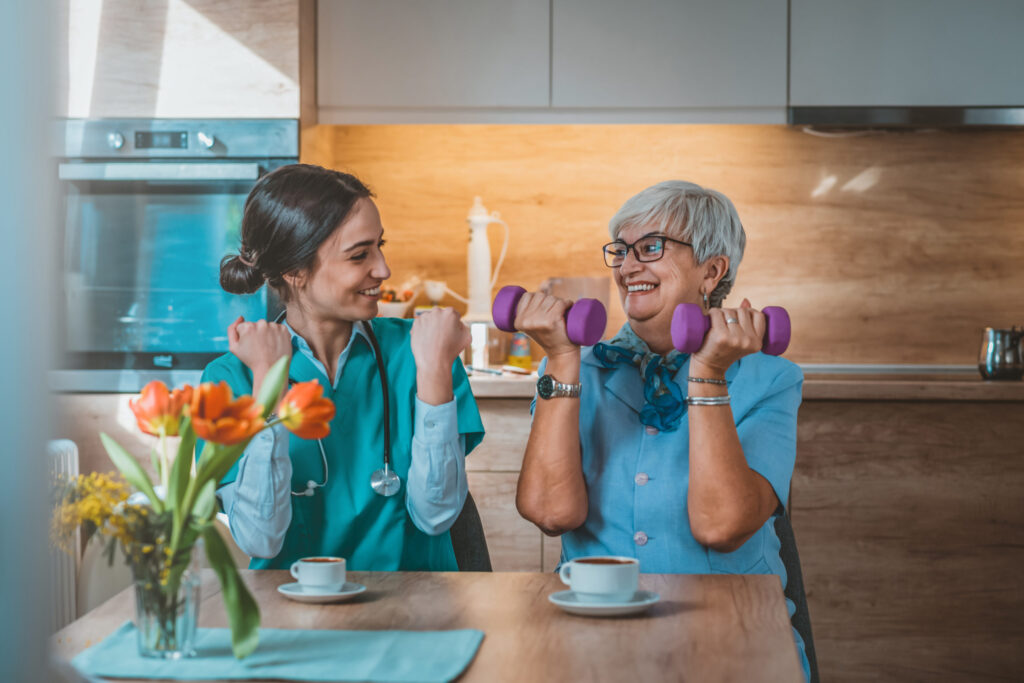What We Treat
General Physiotherapy
It is impossible to list all the conditions that we treat, but these will give you an overview:
- Low back pain
- Knee injuries
- Neck and thoracic pain
- Shoulder injuries
- Elbow and wrist injuries
- Hip injuries
- Foot and ankle injuries
- Soft tissue injuries
- Joint pain and arthritis
- Repetitive strain injuries
- Work related injuries
- Postural pain
Physiotherapy can help at any stage of your life with a variety of problems from sudden injury, back pain and managing long term conditions like arthritis and osteoporosis.
Post-Surgery
We aim to return our patients to optimal strength, function and mobility after surgery. We are specialists in rehabilitation, both pre and post-surgery and have the knowledge and skills to help speed up your recovery.
Following surgery, recovery can feel like it’s taking a long time, which can be frustrating. Focused treatment and the right corrective exercises can significantly reduce your recovery time. Rehabilitation varies according to the type of surgery, but it usually involves a graduated strengthening program, with specific hands-on treatments when necessary, to restore joint mobility and muscle flexibility.
We have extensive experience rehabilitating people from a variety of surgical procedures. We work closely with your surgeon to develop an individual treatment plan with specific goals, for pre and post-surgery. We help you return to, and in many cases improve, your pre-surgery strength and fitness, getting you back to normal life with improved function as soon as possible
Sports Injuries
Whatever type or level of athleticism you have we can help you improve your performance or help you get back to your sport following injury.
Our experienced physiotherapists are experts in assessing and treating sports injuries. They help patients maintain, develop and restore movement and functional ability, by giving treatment and advice to ensure:
- Prevention: A detailed understanding of your sport and your medical history enables your physio to design strategies to reduce the risk of sustaining injury
- Restoration/ Recovery: Clinical evaluation, diagnosis and a detailed treatment plan are completed according to your individual athletic goals
- Enhancement of Performance: Individualised exercise programs are developed to enhance your physical capacity
- Advisory Capacity: Your physiotherapist can work with your coach if required.
Neurological
Specialist Neurological Physiotherapy benefits patients who are experiencing physical problems as a result of disease, or injury, to the brain or spinal cord.
Whether you need a course of physiotherapy, or simply want an assessment and advice, we can tailor treatments to help you to meet your specific physical needs and achieve your functional goals. At every stage of recovery from your neurological condition, or person-centric approach to rehabilitation, will help you reach your full potential.
- One to one treatment sessions
- Hands-on treatment to realign and activate appropriate muscles
- Advice with independent home exercise / stretching programmes
- Advice for carers on exercise / stretching & positioning programmes
- Assistance in setting up gym programmes
- Advice on use & provision of splints and mobility aids
- Assistance and advice with onward referrals to specialist clinics when necessary
Conditions we treat:
- Stroke
- Multiple Sclerosis
- Parkinson’s
- Spinal cord injury
- Brain injury
- Guillain Barre Syndrome
- Neuropathies
- Vestibular disorders
- Adults with cerebral palsy
- Any other neurological disorder
Children Treatment
We treat children from 2 years old to 16 years old
- Growth related Pain: 1: Server’s Disease (growth plate pain at the back of the heal)
- Osgood Schlatter’s (growth plate pain just below the knee)
- Sinding Larson’s (pain at the base of the kneecap)
- Schuerman’s (pain from the growth plates in the spine)
- Rehabilitation following fractures, trauma (i.e. sprains and strains) or musculoskeletal surgery
- Scoliosis related pain and musculoskeletal dysfunction
Home Visits
If you or a family member needs physiotherapy, but cannot make it into the practice, we can visit you at home. Your rehabilitation may be easier and more convenient, if a physio comes to see you, especially if you have lost your confidence with mobility, or are experiencing pain in your back or joints. In the early stages, following surgery, the operated area may be stiff or swollen, and pain levels can be high, so walking can be difficult.
While you may not be able to change the fact that you need an operation, you can choose to ensure the best outcome, by organising physiotherapy at your home. Home visits will guide and supervise your early recovery, which can make a big difference to your long-term health and wellbeing.
Our experienced, Chartered Physiotherapists will check on your progress, ease any worries or concerns, help you to set realistic goals, and personalise a treatment plan to your needs.
Your physiotherapy rehabilitation programme can include:
- Advice and education about your surgical procedure
- Exercise prescription
- Walking pattern re-education
- Walking aid progression
- Outdoor mobility progression
- Soft tissue massage
- Improved confidence
How We Treat

Acupuncture
Western medical acupuncture is the use of acupuncture following a medical diagnosis , using scientific studies and evidence based practice. It involves stimulating sensory nerves under the skin and in the muscles using needles.
This results in the body producing natural substances, such as pain-relieving endorphins and enkephalins’. When the needle is inserted into a muscle, the muscle unit releases a enzyme called Acetylcholine esterase which allows the muscle unit to relax. It’s likely that these naturally released substances are responsible for the beneficial effects experienced with acupuncture. Acupuncture has been scientifically shown to stimulate the higher centres of the brain , helping the brain adapt and modulate pain.
A course of acupuncture usually creates longer lasting pain relief than a single treatment.

Maitlands
What makes the Maitland Concept special is the combination of the individual and specific treatment of the patient (both initial and ongoing) with the therapist’s clinical experience and the latest scientific findings. In addition to joint mobilisation, soft tissue and fascial mobilisation and manipulation of the extremities and spine, the approach makes use of neurodynamic techniques ( movement of the nervous system), muscle stretching, strengthening and stabilising exercises specifically adapted to the individuals requirements
What makes the Maitland Concept special is the combination of the individual and specific treatment of the patient (both initial and ongoing) with the therapist’s clinical experience and the latest scientific findings. In addition to joint mobilisation, soft tissue and fascial mobilisation and manipulation of the extremities and spine, the approach makes use of neurodynamic techniques ( movement of the nervous system), muscle stretching, strengthening and stabilising exercises specifically adapted to the individuals requirements

McKenzie
The McKenzie method exists of 3 steps: evaluation, treatment and prevention. The evaluation is received using repeated movements and sustained positions. With the aim to elicit a pattern of pain responses, called centralisation, the symptoms of the lower limbs and lower back are classified into 3 subgroups: derangement syndrome, dysfunction syndrome and postural syndrome. The aims of the therapy are: reducing pain, centralization of symptoms (symptoms migrating into the middle line of the body) and the complete recovery of pain. All exercises for the lumbar spine are repeated a number of times to end-range on spinal symptoms in one direction. When you do only 1 repetition, this will cause pain. When you repeat it several times the pain will decrease. Also after movement termination the changes in pain intensity can persist, which leads to a treatment modality.

Mulligan
Mulligan Manual Therapy can be used to help treat a variety of injuries and pain including neck pain, back pain and upper and lower extremity injuries. Designed to reduce pain and improve the patient’s range of motion the Mulligan technique involves Natural Apophyseal Glides (NAGS), Sustained Natural Apophyseal Glides (SNAGS) and Mobilization with Movement (MWM) for the treatment of musculoskeletal injuries.
When applying manual therapy techniques, a physiotherapist will identify one or more comparable signs that may include loss of joint movement, pain associated with movement or pain associated with specific functional activities. Then a passive accessory joint mobilization is applied to the joint plane and the accessory glide is to be pain free. Using various combinations of parallel or perpendicular glides, the therapist will try to find the correct treatment plane and grade of movement. When done, the comparable sign should be significantly improved by either an increase in the range of motion or absence of pain.

Electrotherapy
A powerful tool used by many physiotherapists, electrotherapy treats chronic pain, musculoskeletal injuries, muscle wasting, and nerve pain by using targeted and controlled electrical stimulation.
Electrotherapy is a gentle and non-invasive modality that works by stimulating nerves and muscles through the surface of the skin. Though it varies based on which device your practitioner uses, electrotherapy is thought to work in a variety of ways:
• Send out electrical impulses that block or interfere with the body’s pain signals, leading to reduced pain.
• Help release endorphins (chemical messengers) that naturally decrease pain in the body.
• Stimulate muscle tissue to contract to reduce atrophy.
• Create a heating effect within the body which improves circulation and stimulates healing.
• Stimulate cells which reduce inflammation, promote collagen production, and inhibit pain.

Exercise Therapy
Exercise therapy is defined as a regimen or plan of physical activities designed and prescribed to facilitate the patients to recover from diseases and any conditions, which disturb their movement and activity of daily life or maintain a state of well‐being through neuro re‐education, gait training, and therapeutic activities. It is systemic execution of planned physical movements, postures, or activities intended to enable the patients to reduce risk, enhance function, remediate or prevent impairment, optimise overall health, and improve fitness and well‐being.







